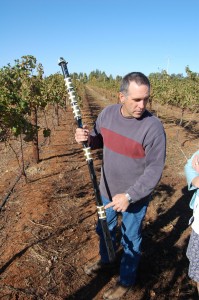“If you’re not part of the solution, you’re part of the precipitate.”
Steven Wrightfont
I’ve been thinking lately about the incredibly complexity of our water systems. Any town or city, treating millions of gallons of drinking water, pumping it to our homes, then pumping it back for re-treatment and recycling. Millions of gallons – out of sight, out of mind – taken completely for granted.
It was a matter of civic pride to have these invisible systems, a sign of progress, where at the turn of a tap, water (hot and cold) arrives instantly at any sink in the house. Now, funnily enough, every municipality has a water awareness campaign emphasizing the value of water and how people need to get informed, stop wasting water, and reduce pollution. We are busy making water visible again.





